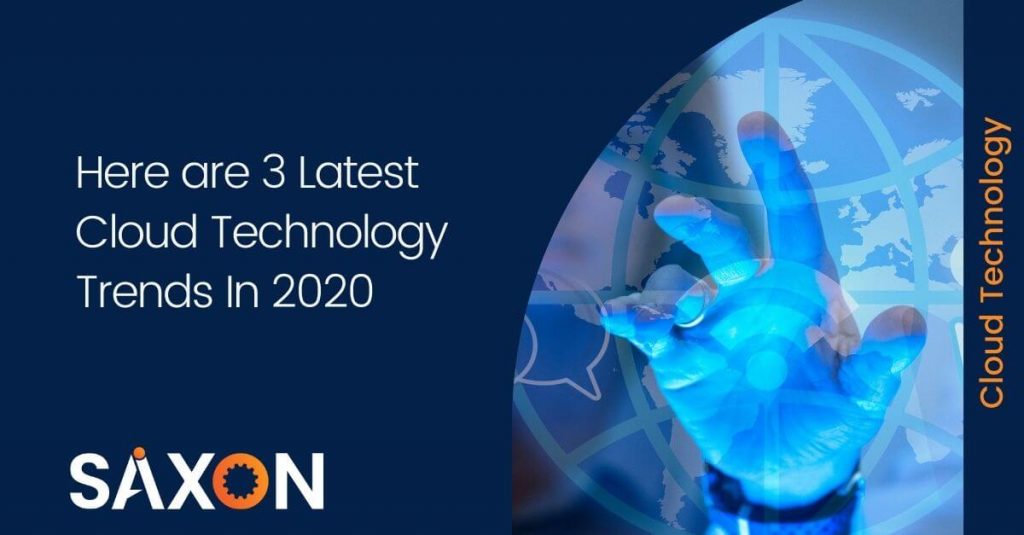Cloud technology is expected to dominate the technology world as it will become the platform for other essential innovative technologies such as IoT, AI, and Blockchain. Cloud technology has traveled a long journey from a cost-saving tool to one of the most significant trends in the last few years. Today you cannot imagine digital transformation without cloud technology. This technology’s significance is boosted amidst the pandemic circumstances as it emerged as the savior for several enterprises. Therefore, investment in the cloud technology sector is increased.
The rise of Hybrid Cloud Demand
Hybrid cloud will continue to be one of the most sought-after cloud deployment models for enterprises as it offers more flexibility. As per the Gartner report, 75% of enterprises will have a hybrid cloud model by 2020. Apart from flexibility, there are other factors that drive the massive demand for the Hybrid cloud model, security, cost efficiency, agility, and scalability. Another research firm report, MarketsandMarkets, suggested that the hybrid cloud market will grow from $44.6 billion in 2018 to $97.6 billion by 2023, at a CAGR of 17 percent.
Demand for Hyper-Scale Data Center
Speed is the need of the hour. In this digital era, enterprises want to operate at high speed to deliver their customers’ services smoothly. Organizations are looking for the IT infrastructure that matches their requirements – Scale-up whenever infrastructure realizes the surge in demand and Scale down in case of reduced demand. These dynamic situations led to the emergence of hyper-scale data centers in the market.
These centers are capable of matching the instant requests of the enterprises. A research report by Markets&Markets suggests that the hyper-scale data centers market will grow from $25.08 to $80.65 billion by 2022, at a CAGR of 26.32 percent. Moreover, Cisco estimates that hyper-scale data centers’ traffic will increase by 2021, making the hyper-scale data centers account for 55 percent of all data center traffic by 2021.
Demand for Disaster-Recovery-as-a-service
As we already mentioned in our previous blog (Disasters Cannot Be Prevented But Disaster Recovery Can Be Planned) that downtime is causing massive loss to the enterprises. Enterprises are losing tens of thousands of dollars due to data loss and downtime. As more and more enterprises are taking the digital route, downtime risk is increasing. As per the IBM report, the average cost of a data breach is close to $3.92 million. Additionally, Gartner’s report indicates that IT downtime’s average cost is close to $5,600 per minute. It majorly depends on the domain in which the enterprises are running their businesses. For example, if it is an e-commerce company, the downtime cost could be high because downtime means missed sales deals.
Moreover, data security is another critical aspect of enterprises. They need to take proper care of their data that they receive and store (customers’ data). Therefore, enterprises are legally bound to ensure that they have proper data security mechanism in place. Therefore, the demand for Disaster Recovery as a service is increasing among enterprises.

